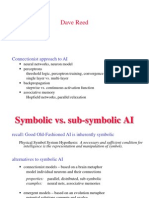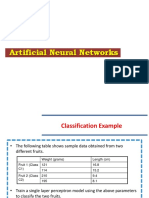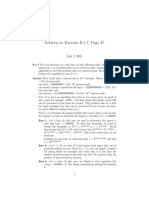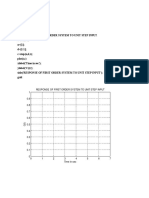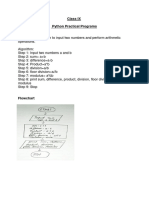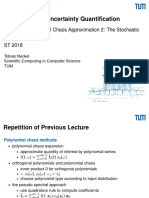0% found this document useful (0 votes)
8 views20 pagesUnit-1 Deep Learning
The document explains the structure and function of biological neurons and their computational counterparts in artificial neural networks. It covers the basics of how neurons process information, the McCulloch-Pitts model, and the perceptron learning algorithm, emphasizing their roles in decision-making and problem-solving. Additionally, it discusses the importance of linear separability in classification tasks and the convergence theorem of the perceptron algorithm.
Uploaded by
yandapallijayaCopyright
© © All Rights Reserved
We take content rights seriously. If you suspect this is your content, claim it here.
Available Formats
Download as PDF, TXT or read online on Scribd
0% found this document useful (0 votes)
8 views20 pagesUnit-1 Deep Learning
The document explains the structure and function of biological neurons and their computational counterparts in artificial neural networks. It covers the basics of how neurons process information, the McCulloch-Pitts model, and the perceptron learning algorithm, emphasizing their roles in decision-making and problem-solving. Additionally, it discusses the importance of linear separability in classification tasks and the convergence theorem of the perceptron algorithm.
Uploaded by
yandapallijayaCopyright
© © All Rights Reserved
We take content rights seriously. If you suspect this is your content, claim it here.
Available Formats
Download as PDF, TXT or read online on Scribd
/ 20






































